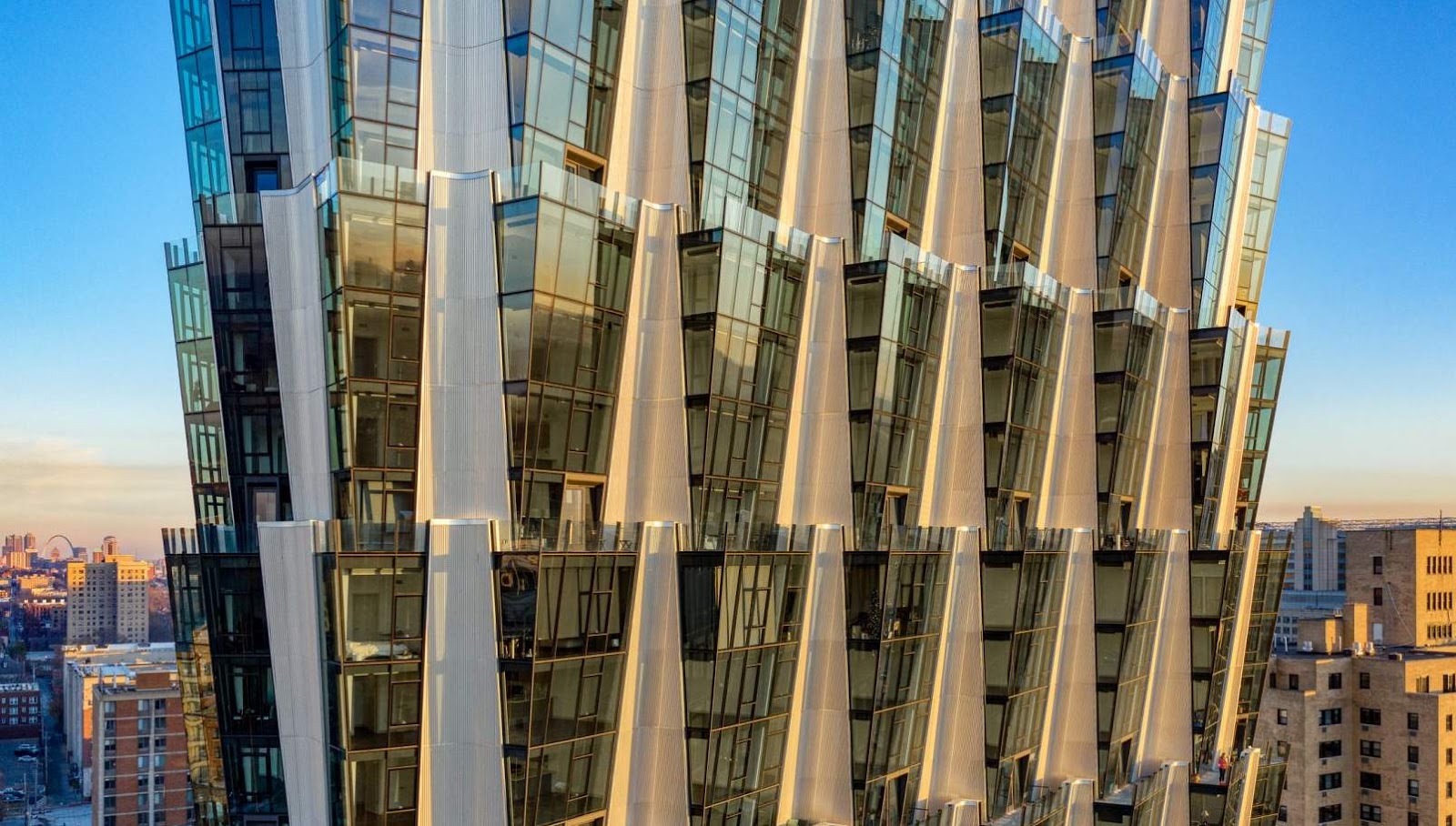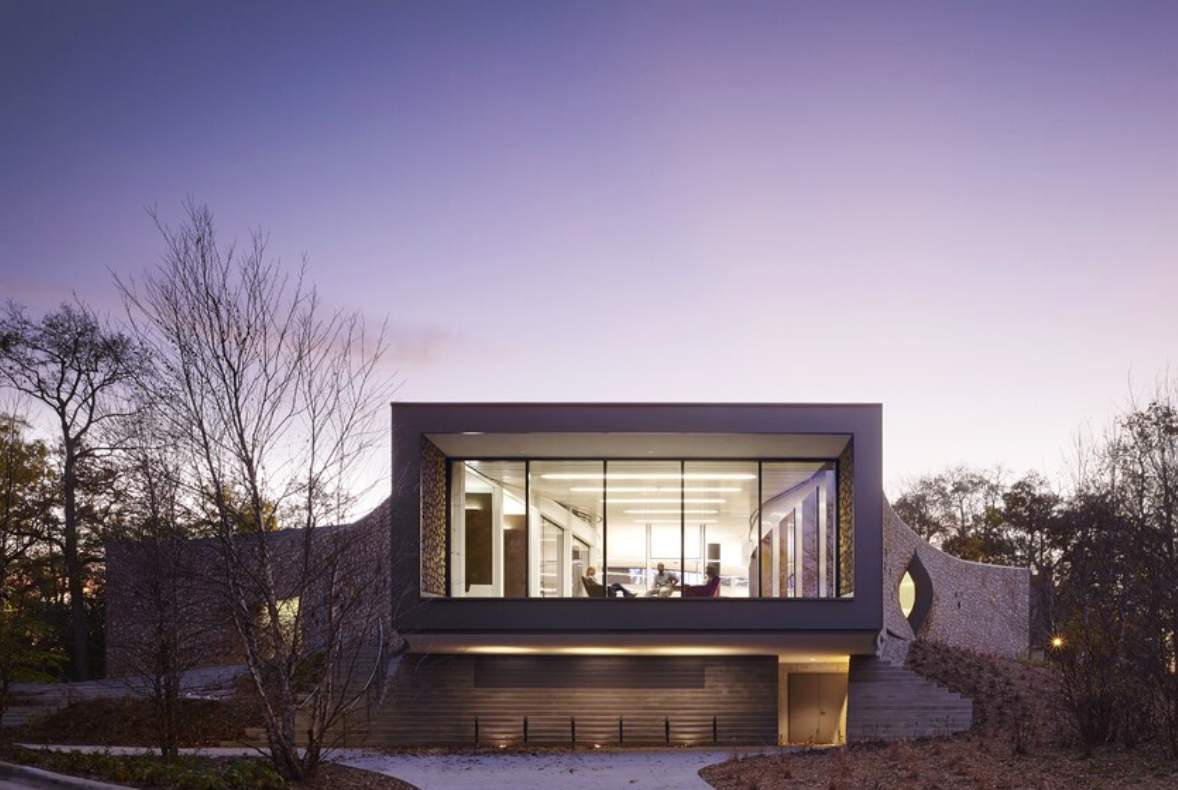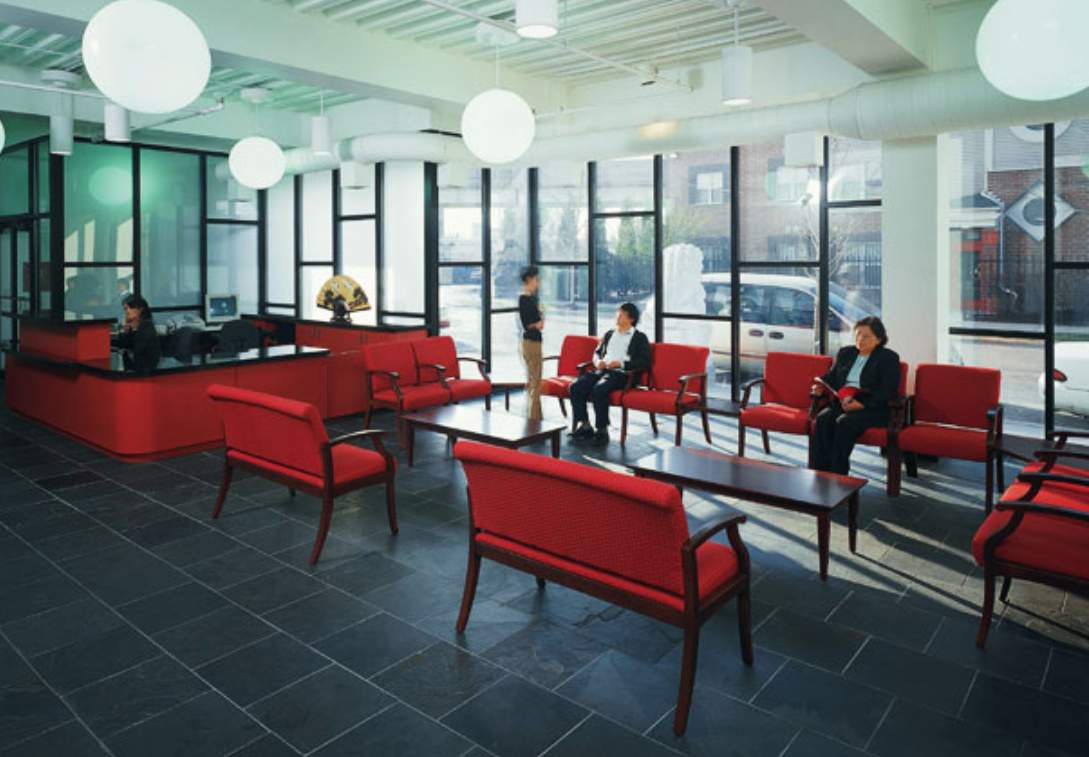Jeanne Gang: The Superhero Architect Bringing US Communities Together
Architect Jeanne Gang sees herself as a ‘relationship builder’, a designer who uses physical space to strengthen community ties. So the Harvard-educated innovator hoped architecture could help rebuild trust between the Chicago police and the black community.

Tensions were boiling over in 2014 when a white Chicago police officer fatally shot Laquan McDonald 16 times while the black teenager was walking away. The officer served less than four years for second-degree murder and was freed in 2022.
"The brand new social experience where you activate your gaming skills as you train like a spy."
- TimeOut
Take on thrilling, high-energy espionage challenges across different game zones.

Jeanne reached out to police officers after the shooting. She also asked for opinions from residents of North Lawndale, where the police station was viewed as a scary fortress surrounded by a parking lot.

From there, Jeanne developed a plan called ‘Polis’. The idea was to turn the public side of the police station into neutral territory, a meeting ground with space for a barbershop, a coffee shop or a basketball court. “It's based on the idea that if you can increase opportunities for positive social interactions between police and community members, you can rebuild that relationship and activate the neighborhood at the same time,” Gang explained.
So did it work? Jeanne raised the funds to turn the parking lot into a basketball court and police asked her to further develop plans for a park, but Chicago’s black-white divide isn’t going to be solved overnight. Jeanne’s not giving up though. “This is not a utopian fantasy,” she said. “It's about: How do you design to rebuild trust and trusting relationships?”
Studio Gang
It’s no wonder Jeanne Gang commands respect in Chicago where she set up her firm, Studio Gang, in 1997. She’s a Harvard-educated, award-winning woman at the top of a male-dominated profession - only 17 percent of registered architects in the US are women - and her practice has expanded from Chicago to offices in New York and San Francisco.
Jeanne’s media profile soared following the success of Chicago's curvy-balconied 82-story Aqua Tower. The project earned Gang a 2011 MacArthur ‘genius grant’ Fellowship, the second female architect to receive the $500,000 prize. Her firm also built the Arcus Center for Social Justice Leadership in Michigan and is working on an expansion to the American Museum of Natural History in New York. With that kind of clout, Jeanne can leverage her status to tackle issues like gender discrimination and the lack of diversity in architecture.
In an opinion piece in Fast Company magazine, Gang described how she closed the gender pay disparity at her own firm and called for others to follow suit. Gang used an analytical tool created by the British government to solve the problem: “It’s very objective,” she said. “It’s easy. It’s math.”

The young superhero architect
Jeanne Gang was born in 1964 and grew up in Belvidere, Illinois on the northern border of the state. Her father, James, was a civil engineer, and on Saturdays she’d often visit his office and sit at the drafters’ drawing boards. On family vacations, James would pack his wife and four daughters into the family station wagon to drive around and look at bridges.
“I really loved that,” Gang recalled. “We traveled to almost all the states, and I developed a love for the great landscapes that we have in this country.”
She earned her Master of Architecture with Distinction from the Harvard Graduate School of Design in 1993 and won an International Rotary Fellow to study in Switzerland. Before setting up Studio Gang, Jeanne worked with OMA/Rem Koolhaas in Rotterdam which helped shape her view of architecture. ‘I learned a lot from Rem,’ she said, ‘Like him, I do have major ambition.’
Jeanne Gang’s approach incorporates nature, drawing inspiration from ecological relationships, and looks at the relationships between living things and their environment.

Building space for conversations
When Studio Gang was asked to build the Arcus Center - a Michigan center for social justice leadership - the center requested a building that could break down barriers between different groups and create space for meaningful conversations around social justice.
Students thought a place to prepare food together might help, and wanted a fireplace to draw people in and help start conversations. They also wanted the work of social justice to be visible to the outside world.

“It's pretty hard to get a kitchen and a fireplace in a building like this with the building codes, but it was so important to the concept, we got it done,” Jeanne Gang said.
“As a result of the fireside chats and a full calendar of programming, people are applying for the Arcus Fellowships. In fact, applications have increased tenfold for the Arcus Fellowship since the building opened. It's working. It's bringing people together.”
Pro bono work
Jeanne Gang’s work isn’t just about building skyscrapers and public architecture, she has also turned her mind to pro bono work. Jeanne was involved in a project to construct a building for the Chinese American Service League (CASL), a non-profit agency based in Chicago that provides English-language classes, job training, and child care for Chinese American immigrants.
CASL is used by 17,000 people every year, many of them Chinese immigrants who speak little English. The Kam Liu Building needed to serve as a welcoming point for the community so Gang felt it was important to have an inviting, modern space.

The Chicago Tribune described the building as an ‘elegant silver box’. Inside, there is a community room with steel sunscreen shades reminiscent of lattice windows found in traditional Chinese architecture. The titanium exterior also has a striking feature - the shingles evoke dragon scales.
Jeanne Gang’s inclusive approach has already changed the way bonds and relationships are growing. Now she’s hoping to spread the message.

“If we can focus the design mind on creating positive, reinforcing relationships in architecture and through architecture, I believe we can do much more than create individual buildings,” she said.
“We can reduce the stress and the polarization in our urban habitats. We can create relationships. We can help steady this planet we all share.”
SPYSCAPE+

Join now to get True Spies episodes early and ad-free every week, plus subscriber-only Debriefs and Q&As to bring you closer to your favorite spies and stories from the show. You’ll also get our exclusive series The Razumov Files and The Great James Bond Car Robbery!


Gadgets & Gifts
Explore a world of secrets together. Navigate through interactive exhibits and missions to discover your spy roles.
Your Spy Skills
We all have valuable spy skills - your mission is to discover yours. See if you have what it takes to be a secret agent, with our authentic spy skills evaluation* developed by a former Head of Training at British Intelligence. It's FREE so share & compare with friends now!
* Find more information about the scientific methods behind the evaluation here.


Stay Connected
Follow us for the latest
TIKTOK
INSTAGRAM
X
FACEBOOK
YOUTUBE